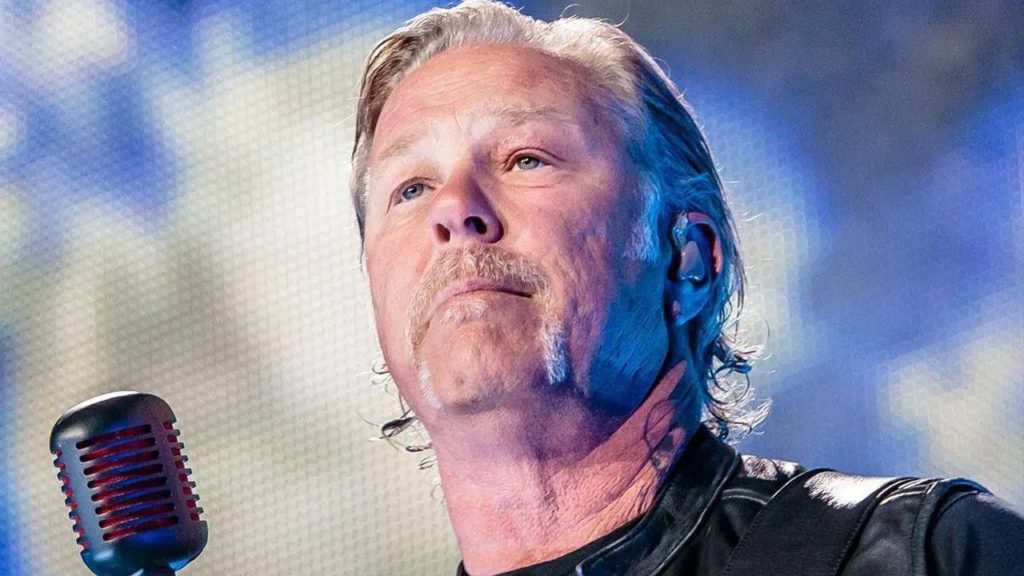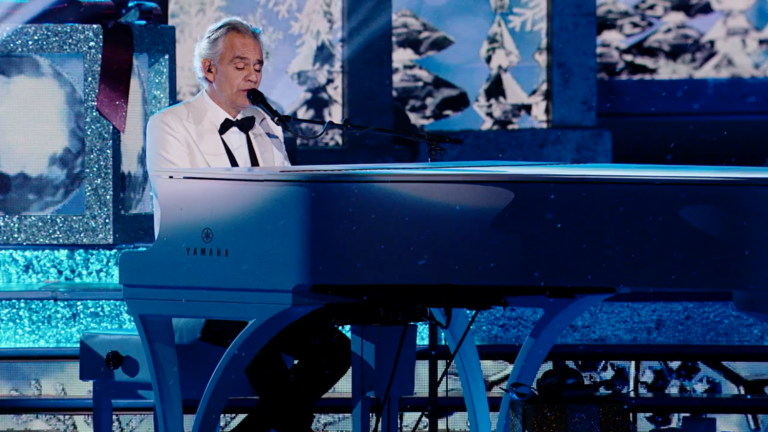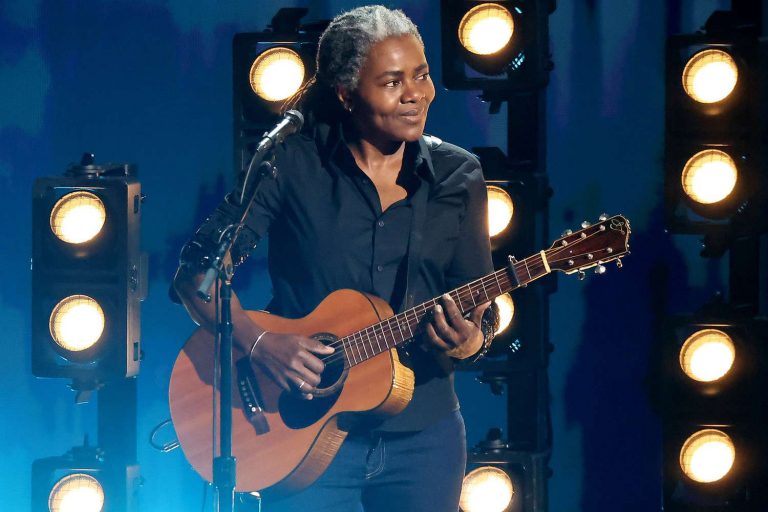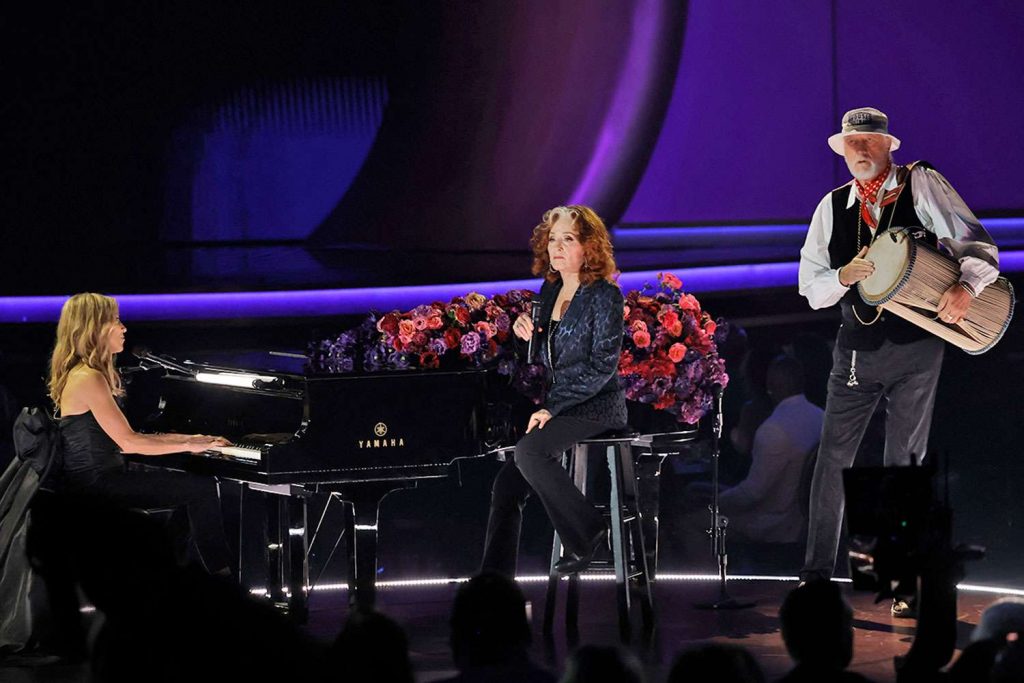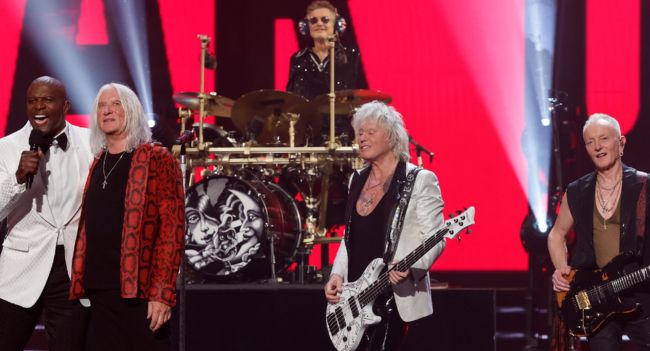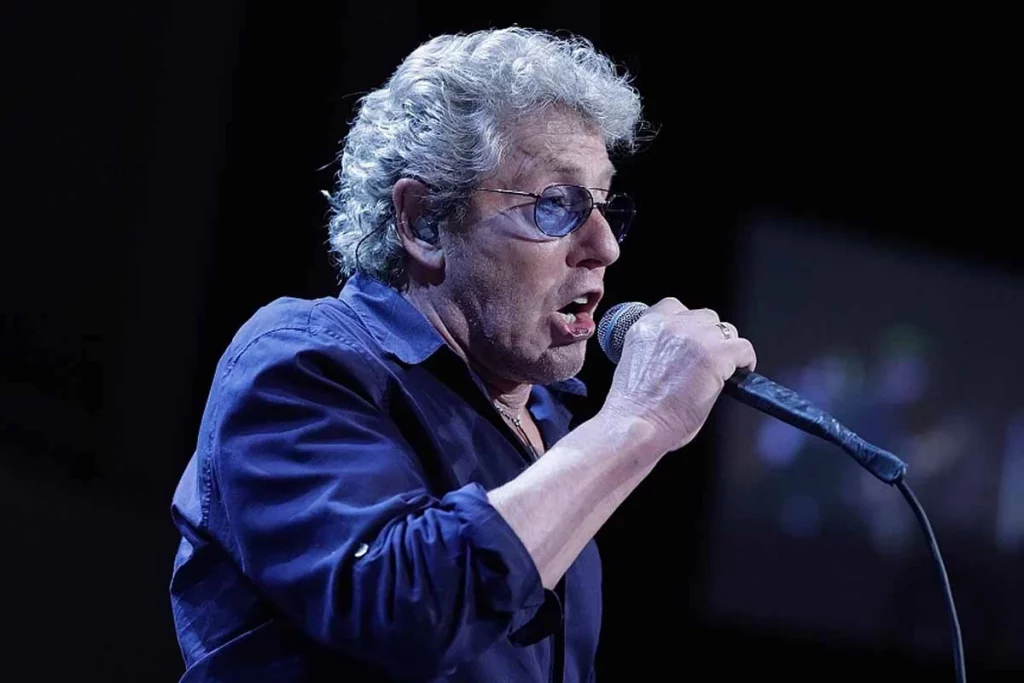In 2016, something magical happened at San Francisco’s Fillmore Theatre — a constellation of rock and soul icons gathered to raise both voices and funds, performing a soul-stirring version of “Piece of My Heart.” The show was part of Acoustic-4-A-Cure, the benefit concert founded by Sammy Hagar and James Hetfield to support pediatric brain tumor research at UCSF Benioff Children’s Hospital.
What made this particular performance so special was the unexpected mix of artists — far removed from their usual genres — taking on a classic originally penned for Erma Franklin (and famously performed by Janis Joplin). Among them: Hagar, Hetfield, John Mayer, Melissa Etheridge, Joe Satriani, Pat Monahan, Tommy Lee, Kris Kristofferson, and more.
Hagar and Hetfield launched Acoustic-4-A-Cure in 2014 to support pediatric brain tumor research. Their synergy across genres reflected a shared vision: using their platform to bring awareness and funds to an important medical cause.
Over the years, the concert grew to include a broad roster of guest artists — crossing styles from rock, metal, blues, and folk.
This performance was filmed and featured in Sammy Hagar’s AXS TV series, Rock & Roll Road Trip. In one of the episodes, Hagar brings together his friends and collaborators at that Fillmore show, resulting in surprising pairings and jam sessions.
That night at the Fillmore, we didn’t just witness a cover. We saw a rare convergence of legends lifting each other up, lending their voices and styles to a song that transcends genre. Whether you’re a fan of Mayer’s lyrical guitar lines, Hetfield’s rock gravitas, Hagar’s energetic presence, or Etheridge’s soulful tone — this performance offers something unforgettable for each listener.

